The only Montreal 3 day itinerary you need (by a local)
Montreal is a French-infused city in the middle of North America. The eclectic city mixes European charm with a North American one, it truly has the best of both worlds. If you love festivals, arts, good food, and a Joie de vivre, then this city is for you!
Montreal can either be the perfect micro-cation for a weekend getaway or if you are combining the city with other Canadian cities, it fits perfectly into your Canadian itinerary or Quebec road trip. In my opinion, the whole charm of the city really uncovers when you live in it. I have curated this Montreal itinerary, especially for you, it mixes touristy and non-touristy things. After living for more than 15 years in the city, I know a thing or 2 about things to do.
Crafting your Montreal 3 day itinerary
You might be asking, is 2 or 3 days enough to visit Montreal? The answer is yes. The city is not a megacity like NYC but it is not a small city either. As always, it depends on what you like to do. This 3-day itinerary will give you the major landmarks, some local spots and the best food to eat.
The perfect Montreal 3 day itinerary
Day 1: Old Montreal + Saint Henri
Day 2: Mont-Royal + Mile End
Day 3: Olympic stadium + downtown + Quartier des spectacles
As always, you can mix and match. Everything is very relatively close so you don’t have to worry about going from one end of the city to the other.
Best time to visit Montreal?
In my opinion, the best times to visit Montreal are from May and from September to November. Summer in Montreal is filled with activities and festivals. Trust me, this is Montreal at its best! Here are the Top 7 things to do in Montreal in the Summer!
Fall is another perfect time to visit Montreal. I love the temperature and go leaf-peeping through the parks or the surroundings. If you love the extreme temperatures and playing in the snow, here is my local guide for the winter season.
Things to do during your Montreal 3 day itinerary
Day 1: Old Montreal + Saint Henri
Old Montreal & Old Port
A visit to Montreal will be incomplete without visiting the Old Port, especially for first-timers. This postcard area will be the perfect place to fall in love with that old European charm with cobblestones and colonial architecture. Old Montreal is by far the prettiest part of the city!
The area was founded by French settlers in the 1600s and is one of the oldest urban areas in North America. The main landmarks are Montreal City Hall, Bonsecours Market, Notre-Dame-de-Bon-Secours Chapel and finally, the Notre-Dame Basilica, a must-visit, even if you are not into religious sites. The Place Jacques Cartier is always full of life with street performers and with plenty of tourist action.
There are 2 very well-preserved colonial mansions, such as the Château Ramezay and the Sir George-Étienne Cartier, a National Historic Site of Canada to immerse yourself into the 1600s. The Saint-Sulpice Seminary is the oldest extant building in Montreal.
If you go 2 short blocks North, you can enjoy the architecture of the heyday as Canada's financial centre. The main buildings are the former Bank of Montreal Head Office, and the 1888 New York Life Building, the oldest skyscraper in Canada. The rest of Saint Jacques Street is lined with old bank buildings. The architecture of these buildings is worth taking the chance to look up and admire the details. To take it all in, go to the Crew Cafe. This unique coffee shop and creative co-working space is located on the ground floor of what used to be the grand headquarters of the Royal Bank of Canada, built back in 1928. The place is grandiose and beautiful!
If you are into archeology, you should go to Montreal's first settlement in the Pointe-à-Callière Museum. Take advantage of interactive displays to learn about key moments in the city’s history. Also, you should not miss the introductory movie of Montreal with a fantastic light display. Don’t forget to check out the website if there are interesting temporary exhibits during your visit.
To better understand the history of the city you should do the Cité Mémoire circuit. This is one of the largest outdoor video-projection installations in the world! The circuit has 24 tableaux that tell the stories of famous as well as little-known Montrealers who have shaped the city and the world. The tableaux have images, dialogue and music projected on walls, in alleys, on the ground and on trees in historic Old Montréal and downtown. The outdoor projections run from Tuesday to Sunday, from dusk until 11 p.m. There is a free app that you can download to go with your circuit. Don’t worry about your data plan, the whole area has free WIFI.
If you are looking for souvenirs or for unique artisan pieces, then you should wander around Saint-Paul Street - which is one of Quebec’s oldest streets. The street was named after the city’s first governor, Paul de Chomedey de Maisonneuve. You should consider buying your souvenirs at Artisans or L’Empreinte as they showcase the talent of local artists. I would forget about buying made-in-China souvenirs and supporting the local economy! The street is also full of restaurants, bars, and cafes and admires the multitude of art galleries.
In the South of Old Montreal, you will see Old Port (Vieux-Port), you can enjoy the views of the city in the Grand Port and views of the St-Lawrence River. In the Summer, you can go sunbathing at the beach at Clock Tower Beach. You can also enjoy the observation wheel 60 meters high. To see all the things to do in Montreal, check out my Summer Montreal article.
As you know, Montreal is the city of festivals. While most of the festivals happen at Place des Arts, the old port hosts the festivities of Canada Day or the popular Montreal International Fireworks Competition. You also have the science fair Eureka and the foodie fest Taste of the Caribbean or YUL EAT. Go to the Montreal International Reggae Festival for some cool music.
In the Winter, you will have Christmas markets and New Year's Eve fireworks. In Winter, we are ready to dance off the cold at the Igloofest. If you are looking to unwind and relax, you should go to Bota Bota. A Nordic water circuit based in an anchored boat.
Where to eat in Old Montreal?
This is the most tourist part of the town and you have a lot of tourist traps to eat. Here are my recommendations. The Coldroom is a speakeasy bar full of great cocktails crafted for you. The Philemon is a wine bar with delicious homemade pasta on the menu. If you go there in the morning or lunch you should go to Cartet for a classic Quebec brunch or Olive & Gourmando for delicious sandwiches and their cookies are brownies deserve all the praise. La Cave à Manger should be on top of your list since they have one of the best croissants and chocolatine in the city!
Saint Henri
If you are coming in Summer or Fall, you should hop on a bike, take the Lachine Canal and get to Saint Henri and Little Burgundy. This is a lesser tourist part of the city. The canal connects the Old Port to the South West boroughs and continues its way to the suburbs of the West Island. The Lachine Canal is one of the best attractions and one of my favourite places in the city. The Canal is the perfect mix between the calm of nature & the buzzing city life. The canal is a park that bears witness to the booming industrial era of yesteryear and it also has five locks throughout.
On the Canal, you can walk, bike, skate and kayak, to name a few activities. A stroll to the banks is a must-do to catch the astonishing view of the city’s skyline.
My new favourite hangout spot is the Canal Lounge, a small boat on the canal transformed into a bar. The boat is only there in the summer. You enjoy a few drinks and have a bite on the boat with a great view of the city and the water. The boat is always stationed, it does not leave the dock.
North of the Canal Lounge, you should go to the Atwater public market with its numerous farmers’ stalls that sell both local and imported products. If you are coming in Spring or Summer, you need to try the delicious Quebec Strawberries, they are small but full of flavours, and simply delicious. This is the perfect place to buy local products, eat in the many restaurant stands, have a picnic on the Canal or do some groceries to bring back to your hotel or Airbnb. I would strongly recommend buying some food and heading to the canal for a nice summer picnic.
The Southwest borough is one of the foodie hotspots of the city. Notre Dame Street is often called the restaurant alley for its numerous restaurants. To know all about Saint Henri, you should head to my article.
Day 2: Mont-Royal + Mile End
Mont-Royal park
Start your day at Mount Royal Park, hiking up the small hill, this is the highest point in the city (234m) and it offers great hiking paths and spectacular views of the city. Mount Royal is a 200-hectare municipal park and it was designed by landscape architect Frederick Law Olmsted, the same architect that created Central Park. Frederick Law Olmsted also created another park in the city, Westmount Park. Westmount is the bourgeois part of the city with pretty Victorian houses and lots of high-end boutiques.
Montrealers, like to go to the park and catch fresh air or go cross-country skiing, walk, picnic, jog, ice skate or look out over the horizon and dream. There are paddle boats, a park, and a nice picnic area. Every Sunday of the summer, the famous tam-tams by the Cartier monument on Park Avenue.
The Beaver Lake and the chalet are 2 great spots to hang out. On Mount Royal, you can also spend some time at the Soleil Belvedere which offers new views of the mountains and also at several resting areas. With many bus stops along the mountain, you shouldn’t be too worried about making your way up to Café Suspendu.
There are several ways to the McGill campus until you find a wooden staircase that leads up to the top. Or you can go up through Cote des Neiges.
Mile End and The Plateau
The Mile End is one of the coolest neighbourhoods in the city! It is a microcosm of artists. It also has great food and boutiques. The neighbourhood is conveniently sandwiched between Le Plateau-Mont-Royal and Little Italy (while you are there don’t forget to visit the Jean-Talon Market). The Mile End has the highest artist concentration of musicians and visual artists. If you like the indie arts scene, go to Casa del Popolo. There are also around 10 studios of VFX, animation and video games. Like Williamsburg, this hipster centre is among the community of Hasidic Jews.
This hipster center has plenty of vintage shops and boutiques that sell clothes designed and made in Montreal. The best shops are Citizen Vintage, Annex Vintage and Unicorn.
On the North part of the Mile End has 2 cool spots, Le Marché des Possibles. It runs in the summer they serve snacks, beers and goods from local vendors, live music and pop-up shops. Aire Commune is a terrace that is the lovechild of collaborative working and a trendy bar. The Air Commune is the perfect space to enjoy summer with its wide array of activities from yoga to parties to conferences. Most of the events start on Thursdays around 5 pm and a lot of them incorporate food trucks which offer you a good option to eat while enjoying your drink.
Where to eat in the Mile End
Mile End is also home to Montreal’s famous bagels. There are two major bakeries that rival each other for the best bagel, the Fairmount Bagel and Bagel St-Viateur. Both bagels are hand-rolled and blanched and baked in a wood-burning oven. The only difference is that St-Viateur’s bagels are blanched in honey water. St-Viateur bagels are my personal favourite, especially sea salt and rosemary ones. You can savour the bagels by either eating them alone or with the classic cream cheese and smoked salmon or anything that you will like!
The legendary Wilensky’s has been open since 1932. The Jewish deli has the signature sandwich which is an egg bread with all-beef salami with all-beef baloney grilled with a hint of mustard. If you still have space in your stomach, go to La Drogheria Fine for some homemade gnocchi and the best salsa della nonna. And for dessert, go to the Asian-infused ice cream Kem-Coba (they also have vegan ice cream options), you will not regret it. For a pick-me-up, go to a classic Italian espresso at Café Olimpico. This cafe has been open since 1970. If you are going in the morning, you should stop at Brioche à Tête for delicious buns fresh out of the oven. If you’re into microbrews, then add Dieu du Ciel to your list. If you are looking for other beers, check out my hand-picked selection of microbreweries.
Le Plateau-Mont-Royal
South of Mile End, there is a pretty and fun neighbourhood, Plateau Mont-Royal. It has photogenic twirling iron staircases and cute houses full of colours. Along Mont-Royal Avenue you will have quirky shops and third-wave coffee shops. Stroll around the iconic Main, Boulevard Saint-Laurent for the best murals. The neighbourhood has become Little Paris with all the new Frenchcomers. In the Summer you can stroll in the Mont-Royal Street Festival. Then, head to Parc Laurier to have a picnic, this municipal park is full of lush trees.
Where to eat in the Plateau
Your first foodie stop in this neighbourhood should be Schwartz’s Deli for the must-try smoked meat. In the Plateau, you should head to Bily Kun, a Czech bar with Czech beers and a great cocktail list. Restaurant L’Express is one of the best restaurants for timeless steak and fries. If you are going in the morning your first stop should be Hof Kelsten, they have one of the best croissants and the best chocolate babka.
Plateau Mont-Royal streets. Photo by the Bialons on Unsplash
Day 3: Olympic stadium + downtown + Quartier des spectacles
Olympic Stadium
Start your third day at Space for Life (French: Espace pour la vie). This is where the magic of the Olympics of the 76’ happened. The Space for Life consists of regrouping several nature museums and it is the largest natural sciences complex in Canada. It has the Biodome, the Rio Tinto Alcan Planetarium, the Olympic Park and the Botanical Garden and Insectarium, all of which are adjacent to Maisonneuve Park. This complex is located in the Hochelaga-Maisonneuve neighbourhood which is on the verge of gentrification and has some cool bars and restaurants on Ontario Street. My favourite bar is Espace Public.
Take a trip to the past by visiting the gigantic Olympic Stadium which opened in 1976 and it hasn’t changed since. The retro look of "The Big O" (referencing both its name and the doughnut-shaped roof) will transport you back to when the lauded gymnast Nadia Comaneci earned the first of 7 perfect scores of 10. While today the frenzy of the Olympics is long gone, you can take a guided tour and go up to the observation tower for an incredible view of Montreal. The Montreal Tower is the tallest inclined tower in the world with an angle elevation of 45 degrees.
Next, go to the Biodome. This used to be the velodrome for track cycling races, today you can walk through replicas of four ecosystems found in the Americas. You will go from seeing the boreal forest with beavers to the penguins of Antarctica. While going from the boreal vegetation to the lush tropical forest in a heartbeat. The plant ecosystems might be impressive but the animals here live in captivity, sadly.
The Montreal Botanical Gardens is among the best in the world. There’s a lot of variety within from a First Nations Garden to a Chinese Garden. It was designated a National Historic Site of Canada in 2008. The garden was founded in 1931, at the height of the Great Depression and the building transmits Art Deco vibes. My favourite places are the Chinese Garden which is constructed along with the Ming Dynasty guidelines. It has artificial mountains, Chinese plants, a bonsai collection and more. The Japanese Garden is populated with Japanese plants and has a building that hosts a traditional Japanese tea ceremony. It also includes a large koi pond. The First Nations Garden honours the diverse cultures of the Canadian First Nations. There are some iconic endemic plants but the garden focuses on the medicinal and food plants of the First Nations. Along the path, you will admire several totem poles and exhibits demonstrating traditional artwork.
Downtown + Quartier des Spectacles
After strolling around the lush garden head back to the downtown core of Montreal that consists of the downtown, Quartier des Spectacles and the Gay Village.
The downtown core along Ste. Catherine Street is the prime shopping destination on the island. There are around 5 shopping centers that are connected through Montreal's underground city. Here you can also visit the Montreal Fine Arts Museum.
If you continue East, you will arrive at the festival hub, Quartier des Spectacles. This is the ultimate Montreal entertainment district. Quartier des Spectacles hosts hundreds of festivals and shows every year. This is where the major international festivals take place like the Montreal Jazz Festival in the summer and Montréal en Lumière in Winter. I will suggest visiting this part of the city in the late afternoon and during the night as it is where it becomes more lively.
If you keep going East, you will reach Montreal Gay Village. In the Summer, the main street of this vibrant neighbourhood becomes pedestrians and has plenty of activities, bars and restaurants. Cabaret Mado is a fun cabaret full of gender-bending performances.
Practical tips for Montreal
Getting around
Montreal can be easily visited by foot, public transportation and bike.
The Public transportation system works fairly well. The STM is the name of the public transport company and has buses as well as a subway system. The STM offers great deals on weekends and weekly passes to help you see the city by public transportation. Did you know that the city has around 850 km of bike paths? You can use BIXI, they are a self-service bike system that helps you explore the city easily!
Taxis and Uber are also widely used in the city.
Transportation in and outside the city by car can be difficult since the city is undergoing a major infrastructure makeover so I would suggest leaving the car and embracing discovering the city by foot, bike or public transport.
Where to stay in Montreal?
As you saw, Montreal is a city of neighbourhoods, much like New York, every neighbourhood feels like its own little city. Most hotels are located in Old Montreal and Downtown. Other great places to stay are The Plateau, Little Italy and the South West. All of these parts of the city are filled with great restaurants, bars and shops. Here is a curated list of the best hotels to stay in the city, by other travel bloggers.
TOOLS TO HELP YOU PLAN YOUR TRIP
Download these apps to help you navigate the city and help you plan your itinerary;
You can buy an MTL Passport which allows you to visit up to 28 of Montreal's must-see attractions at great rates, including public transit;
If you have specific dates in mind, use this tool to see what is going on in the city within that time frame.
LANGUAGE
French and English are the official languages of Canada. The Quebec province (where Montreal and Quebec are located) has only French as an official language. Worry not, English is spoken by most of the service staff, however, don’t expect that everyone will be fluent in English. Don’t worry if your French is a little rusty, however, people do appreciate it if you go the extra mile to speak a little French. You don’t speak any French? No worries, you can at least learn a few words like Merci (thank you) and Bonjour (Hello).
CURRENCY
The currency is the Canadian Dollar, the sign is $. The dollar can be easily found abroad at any currency exchange office. Credit and debit cards are accepted everywhere.
TIPPING
It is customary to tip around 15% of the final price. If you are horrible at math like me, you can sum the 2 taxes and it will give you a ballpark amount of what you have to tip. Not mandatory but tipping house cleaners at the hotel is a nice gesture.
POWER
The voltage in Canada is 110 Volt, the same as in the U.S.
WHAT TO PACK?
This will depend on when you decide to travel. Canada has very strong seasons, summers are really hot and winters are crazy cold. Even if you are coming in summer, I would suggest packing a light sweater, you never know. If you are planning for fall, spring or winter, check the weather and bring the appropriate outwear like a warm jacket and boots. Also, don’t forget to pack a reusable water bottle and sunscreen.
Psst: Planning your trip to Montreal? We’ve got a few other posts you’ll want to take a look at!
BRB acknowledges that Montreal is located on unceded Indigenous lands. The Kanien’kehá:ka Nation is recognized as the custodian of the lands and waters on which we gather today. Tiohtià:ke/Montréal is historically known as a gathering place for many First Nations. Today, it is home to a diverse population of Indigenous and other peoples.
Do you like the content? Why not help me by buying me a virtual cup of tea?
PIN IT FOR LATER!
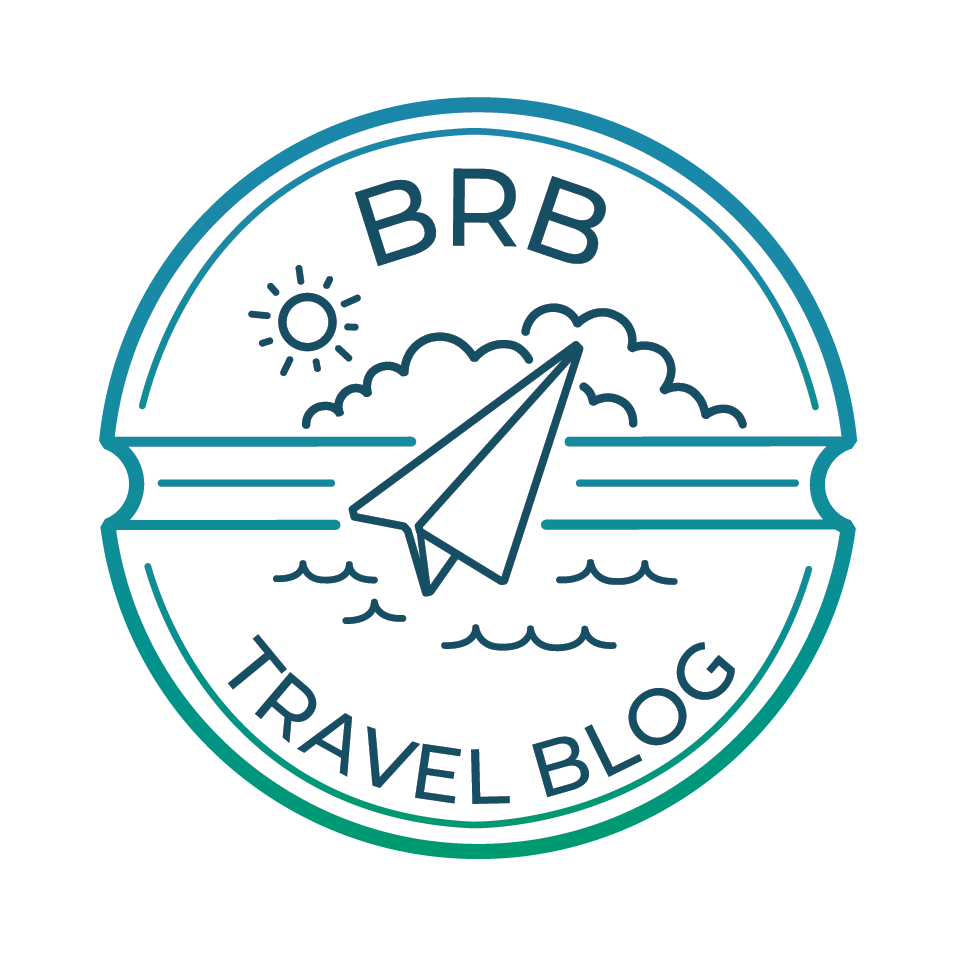

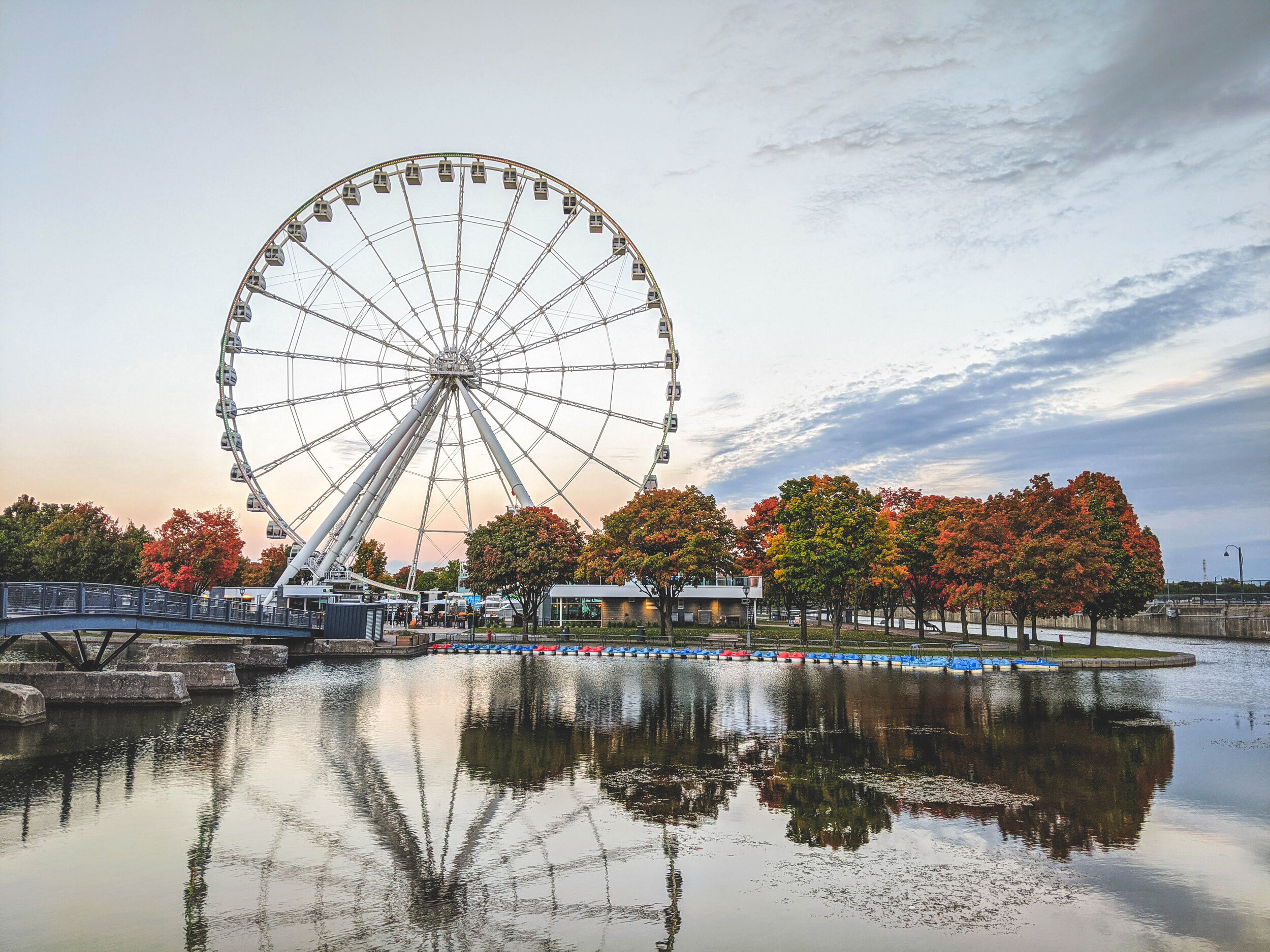
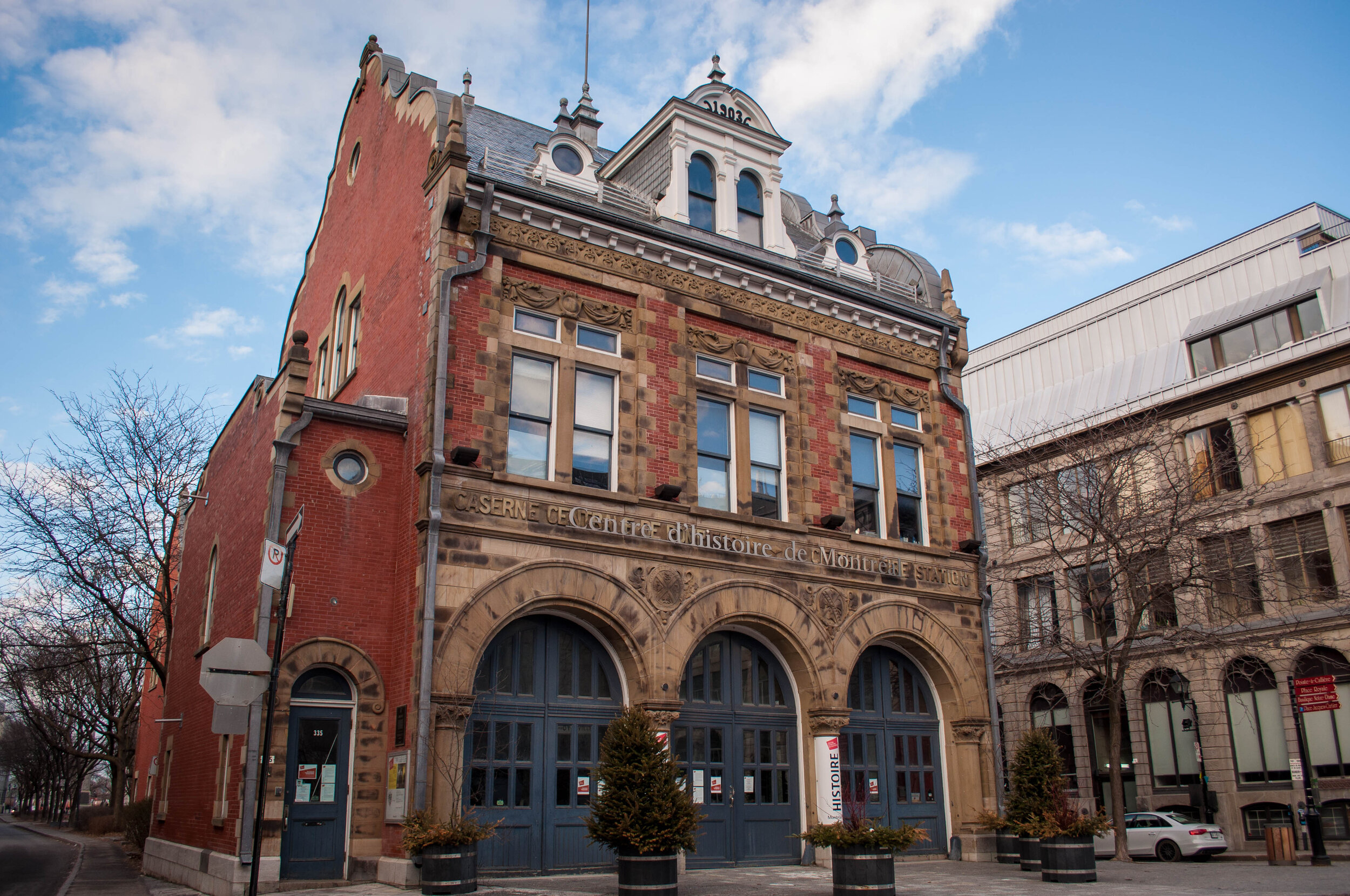




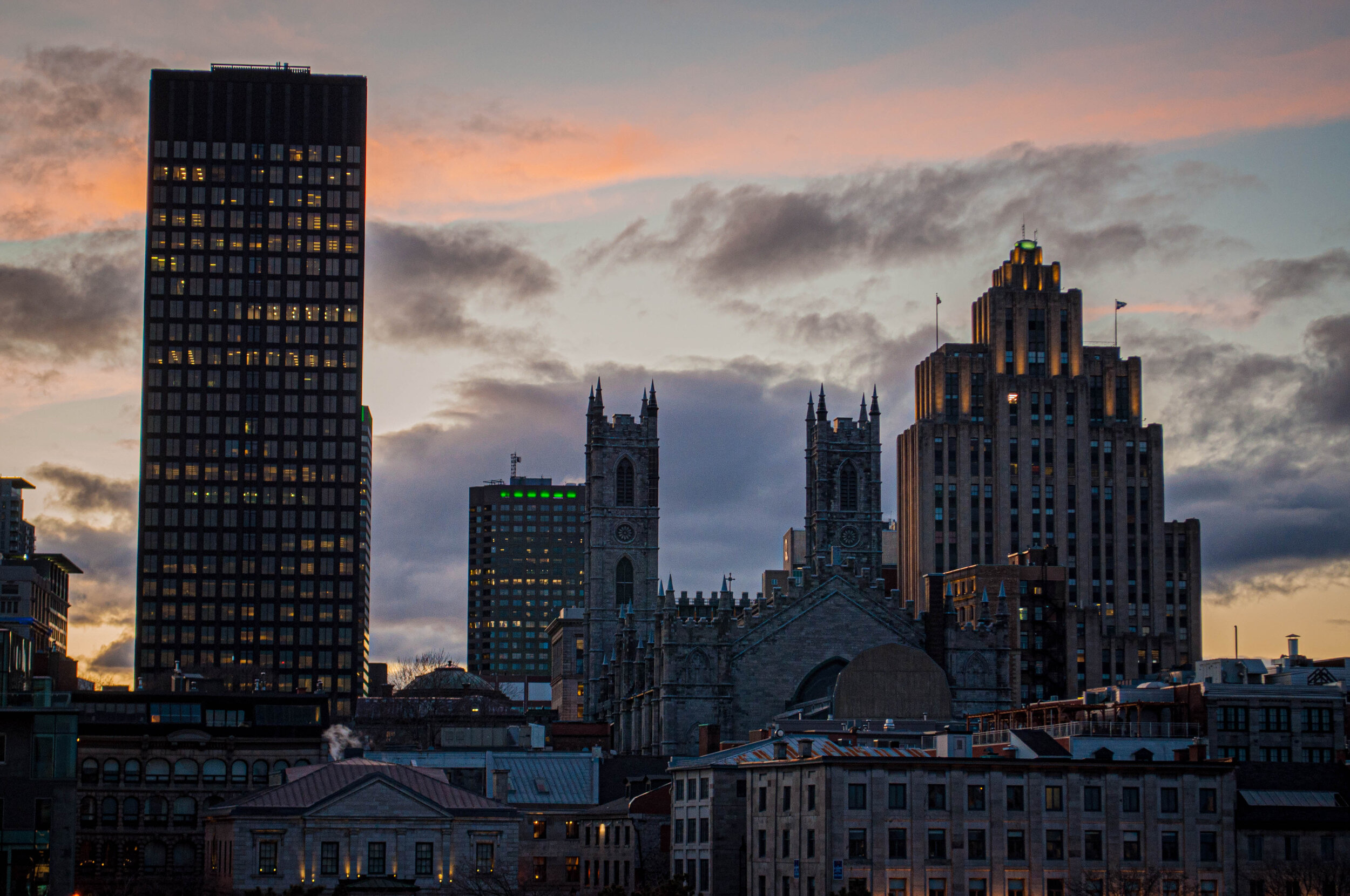
![The best things to do in Montreal in winter [a local’s guide]](https://images.squarespace-cdn.com/content/v1/58ae4fa346c3c4b688b9ac9f/1579059073408-CW2PG349W0L0MF4HTLIB/IMG-20200104-WA0005.jpg)


![11 must-eat foods in Montreal [from a local]](https://images.squarespace-cdn.com/content/v1/58ae4fa346c3c4b688b9ac9f/1548620969506-YOGFNEPVD6BJBJ6SO3JL/SmokedMeat.jpg)


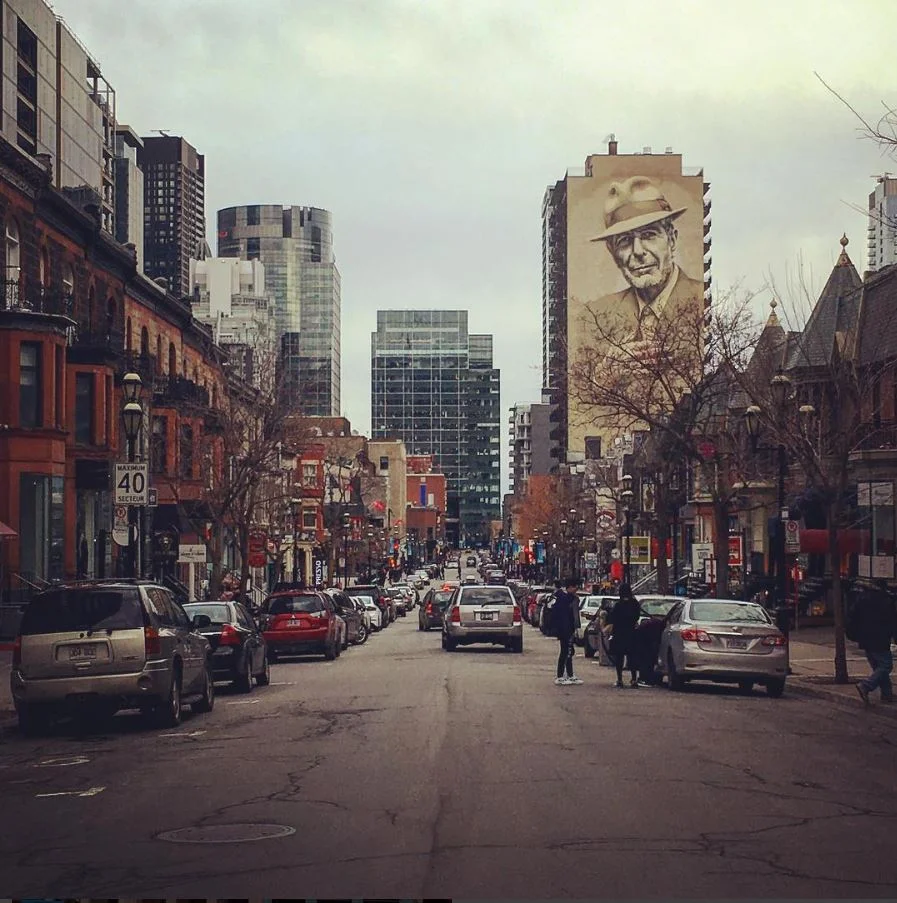


Montreal is the perfect micro-cation! Here is a 3-day itinerary that will make you fall in love with the city. I have curated this Montreal itinerary especially for you, it mixes touristy and non-touristy things.